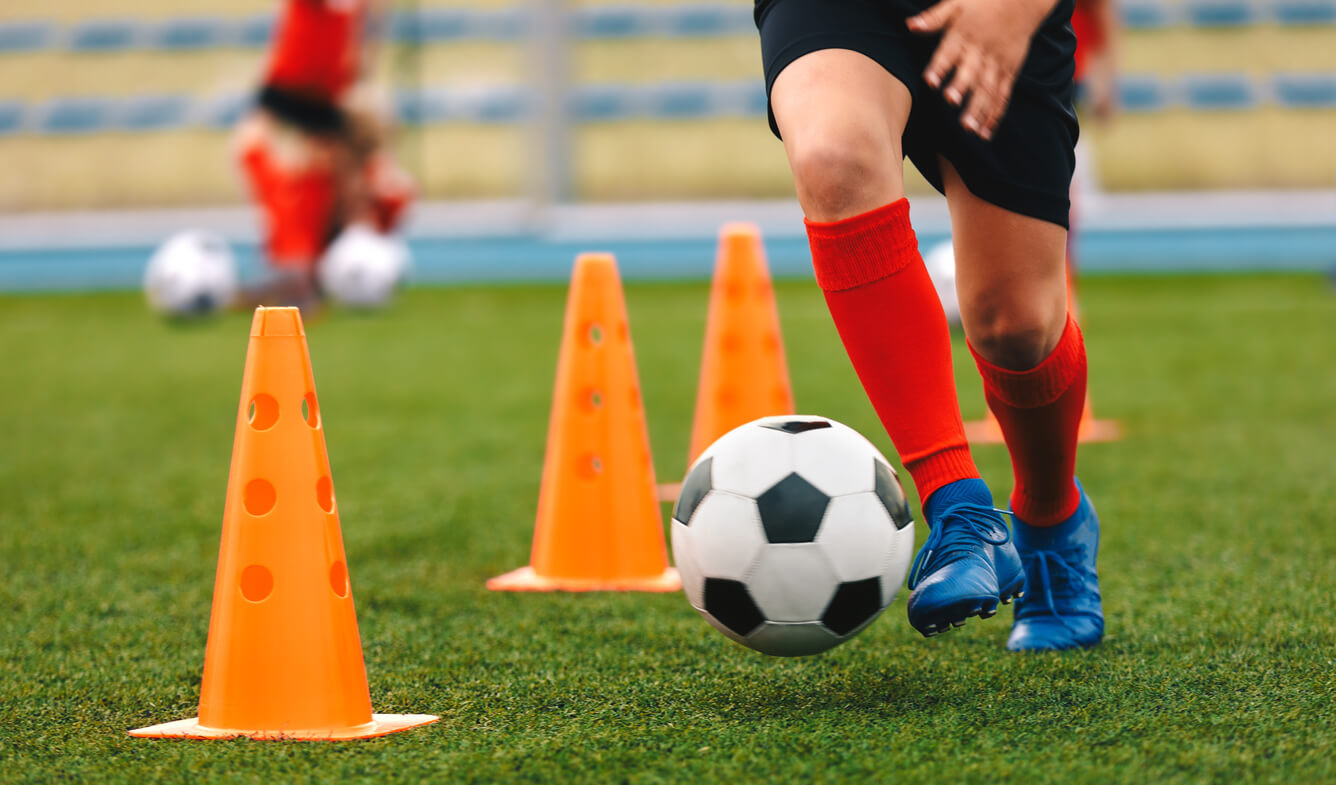Now more than ever, we are concerned about keeping our children active. With too high a percentage of our children (not to mention our adults) obese, and with the need to rev up our kids’ immune system during the coronavirus pandemic, most parents encourage their offspring to engage in sports activities. Nonetheless, many adults worry about their children suffering serious injuries while playing sports, injuries that may cause long-term problems. If you are one of these parents, is your worry justified?
It may surprise you to know that children between 5 and 14 years of age suffer nearly 40 percent of sports-related injuries for all age groups and that about a quarter of these injuries are considered serious. At Long Island Spine Rehabilitation Medicine we treat many upper-grade school and middle school students as well as older teenagers with musculoskeletal injuries, some of them serious. Fortunately, as trained physiatrists, we have cutting-edge diagnostic equipment to find the source of their problem and numerous nonsurgical methods to treat their pain, increase their range of motion, and restore them to full functionality.
Risk Factors for Childhood Sports Injuries
In order to prevent children’s sports injuries, it helps to know which kids are most at risk. Studies have shown that those with increased risk are:
- Children physically less developed than other kids their age
- Children just beginning to participate in a sport
- Girls, before they reach puberty
- Boys during puberty
In general, older children are more likely to be seriously injured. As they get bigger and stronger, so do their opponents. In addition, the games get tougher, faster, and more competitive.
What steps can you take to keep our children from suffering serious sports injuries?
Obviously, though you can encourage our children to be careful, you can’t prevent them from getting hurt. In many cases, however, you can help them develop habits to protect them from severe injuries on the field, rink, or court. Proactive steps to take when a child starts a sports activity include:
- Not signing up your child for dangerous contact sports that may lead to traumatic brain injuries, such as boxing, football, or riding motorized vehicles
- Making sure that your child has had a recent physical checkup and is healthy enough to participate in her or his chosen sport.
- Do your very best to ensure that your child eats a healthy diet and remains hydrated, especially throughout her or his exercise regimen
- Make sure your child knows the importance of stretching and strengthening the necessary muscles for the sport and that her/his coach makes this part of training
- Make certain that your child has all necessary safety gear and uses it correctly — e.g. sports shoes, shin guards, mouth guards, bike helmets.
- Explain to your child that it is foolish, not brave, to continue playing with a serious injury since he or she is only likely to worsen the problem and have a more prolonged and/or complicated recovery
Because parental teaching is most successful when it includes setting a good example, make sure that you eat well and follow your own mandates relating to physical exercise. By modeling smart behavior — wearing a bicycle helmet, carrying a water bottle, stretching before you go out for a run — you will help your child to become a healthier, safer athlete, whether he or she scores or not.
